The chapel of Saint Blaise
Posted on by Kate Iles.
Today (3 February) is the feast day of Saint Blaise! So to celebrate, here is a short blog on our very own (long lost) chapel to Saint Blaise.
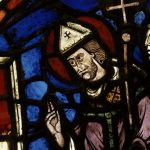
Saint Blaise was an Armenian bishop and the patron saint of wool combers, wild animals, candle makers and ailments of the throat. He was a popular saint in medieval England with churches and chapels dedicated to him.
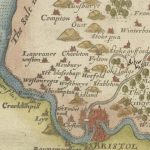 According to tradition, a medieval chapel to Saint Blaise stood on top of Blaise Hill (where Blaise Castle now stands). This chapel appears on early maps (left) and is recorded by historians such as Robert Adkyns, who wrote ‘The Ancient and Present State of Glostershire’, published in 1712. Adkyns describes the discovery of foundation stones and a vault on top of Blaise Hill in 1707. Inside the vault, were ‘many human bodies were discovered whose skulls were white, entire and firm’.
According to tradition, a medieval chapel to Saint Blaise stood on top of Blaise Hill (where Blaise Castle now stands). This chapel appears on early maps (left) and is recorded by historians such as Robert Adkyns, who wrote ‘The Ancient and Present State of Glostershire’, published in 1712. Adkyns describes the discovery of foundation stones and a vault on top of Blaise Hill in 1707. Inside the vault, were ‘many human bodies were discovered whose skulls were white, entire and firm’.
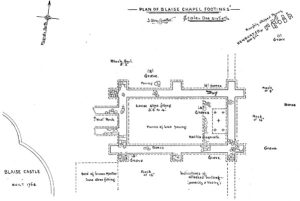
In an attempt to find the chapel mentioned by Adkins and others, J. A. Bartlett excavated the top of the hill in 1919. Bartlett dug a pit to the east of Blaise Castle and found traces of a building, and concluded that this was the remains of the medieval chapel. This is his plan (right).
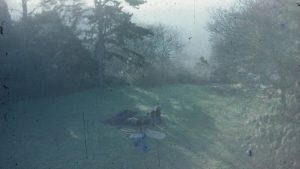
Further evidence was uncovered in 1957 by archaeologists Philip Rahtz and John Clevedon Brown who led a team of volunteers on Sunday afternoons. They dug a series of test pits and uncovered evidence of Iron Age, Roman and medieval occupation including these roof tiles, possibly from the chapel of Saint Blaise.
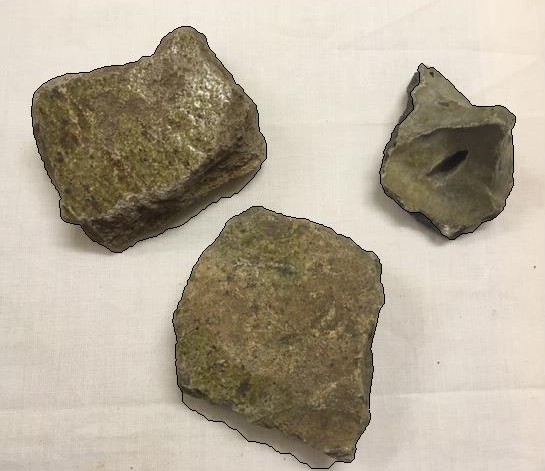
Today, Blaise Hill is recognised as an important site and is protected by law as a scheduled ancient monument. This makes it illegal to destroy or damage the whole area, to metal detect or to remove any object without prior consent from Historic England.
Images:
- Stained glass windows depicting the life of St Blaise © Musee du Louvre, OAR 504
- Saxton Map of Gloucestershire (1577) © The British Library Board Royal MS.18.D.111.f.97
- Bartlett, J. A. Report on a search for the site of the Chapel of St. Blasius, Henbury in Transactions of the Bristol and Gloucestershire Archaeological Society Vol.41 pp163-168, 1919
- Excavations at Blaise in 1957 © University of York Dept. of Archaeology & Estate of P. A. Rahtz, licensed under CC-BY-NC-SA 2.0
- Medieval roof tile fragments © Bristol Culture
One comment on The chapel of Saint Blaise
I had no idea until now that Blaise Castle had any connection to St. Blaise. I seems that the UK church at least where I live in Bristol do not offer the Blessing of Throats where the priest with two crossed candles hold them up to the throat and Blesses the person.
Thankyou,
Bristol Museums